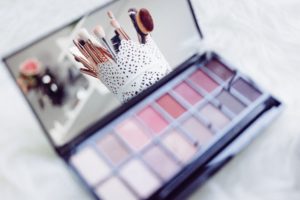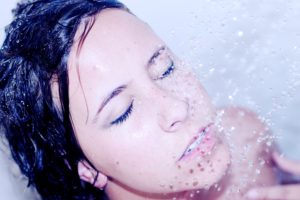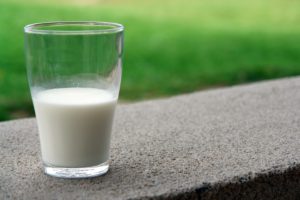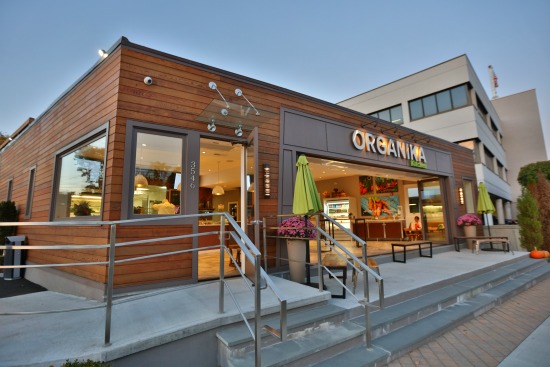Wasn’t having acne bad enough already?!!? Now you’re left with these darkened scars that won’t seem to go away! Not so fast. What you might actually have is not a scar, but PIH, or Post-Inflammatory Hyperpigmentation.
Scars and hyperpigmentation are actually two totally different things. A scar is the healing of skin through the production of fibrous tissue that’s different from the structure of your normal skin tissue. This is what causes it to look slightly out of place, and in some instances, unsightly. Scars can require surgery to remove.
1.) This is an example of scarring:

Notice the the indents and uneveness of not just the tone of skin, but the texture as well.
2.) This is an example of Post-Inflammatory Hyperpigmentation (PIH):

Notice how the texture still appears smooth, but there are clearly visible dark marks. These marks will fade overtime, and can be helped along by certain products and lifestyle habits.
Who gets dark marks?
If you have an olive to medium skin type, unfortunately, you are much more prone to get dark marks. Your skin naturally produces more melanin, and any discoloration will more starkly contrast with the rest of your skin color. If you have active acne, you are also much more likely to get dark marks. We’ve also found that those of Asian, Mediterranean, and Hispanic descent to be especially prone to hyperpigmentation and discoloration, as the skin is typically more delicate as well.
Who gets scars?
Scarring, especially a specific type of scarring called Keloid scarring, can be common in those of African descent. This is a type of tissue overgrowth where the scarring can be raised and bumpy to the touch. Keloid scarring generally requires more invasive procedures to remove. Scarring can also occur in other skin types, especially if you have deep, cystic acne. To prevent scars, always look to treat acne FIRST and prevent new ones from forming.
Treating PIH?
Exfoliation, protection, and brightening are the major keys to success. Anything that contains an AHA. such as the Hydrafacial MD, can greatly help the appearance of PIH as the acid can slough off dead skin cells, revealing newer, fresher skin underneath. Protection in the form an SPF of at least 30 that’s non-irritating will stop marks from getting worse, while looking for ingredients with brightening properties such as Vitamin C and Licorice Root Extract can help lighten the skin.
In general, discoloration can largely be genetic and unique to the individual, despite the guidelines listed above. While there’s nothing you can do about that, regular upkeep with the proper products, and taking measures to reduce irritation can greatly improve the overall tone of skin.






